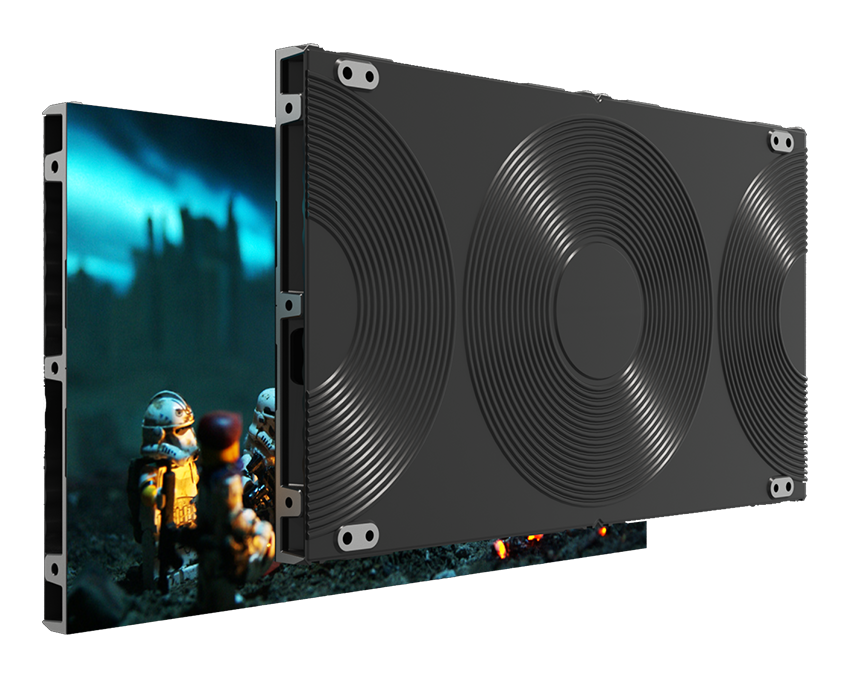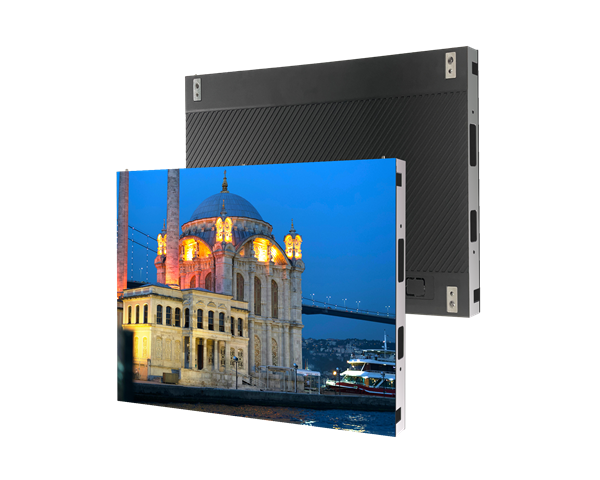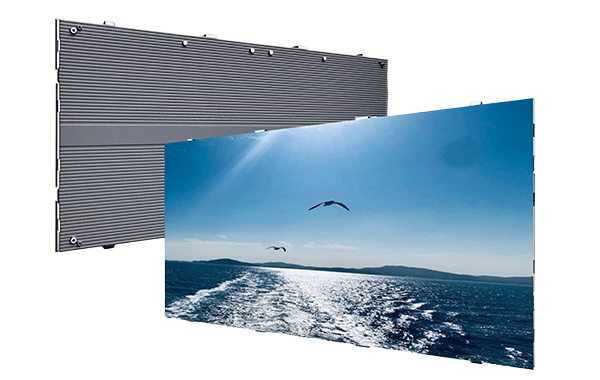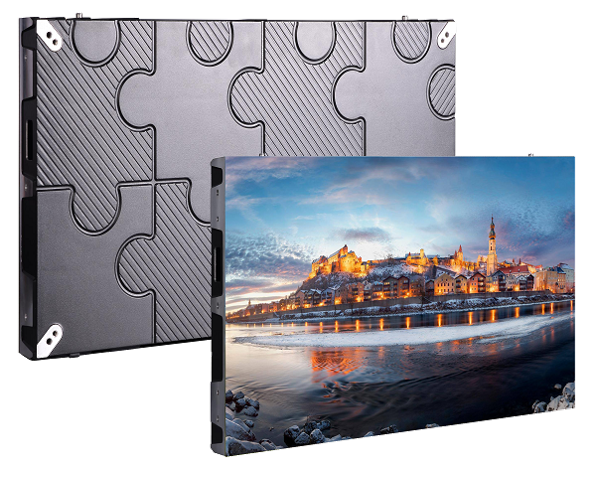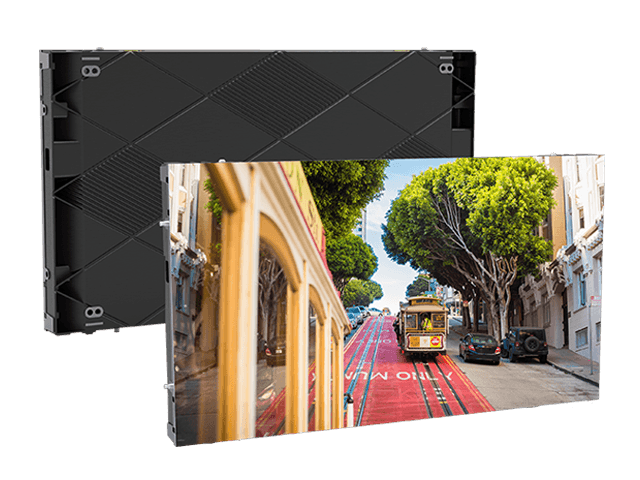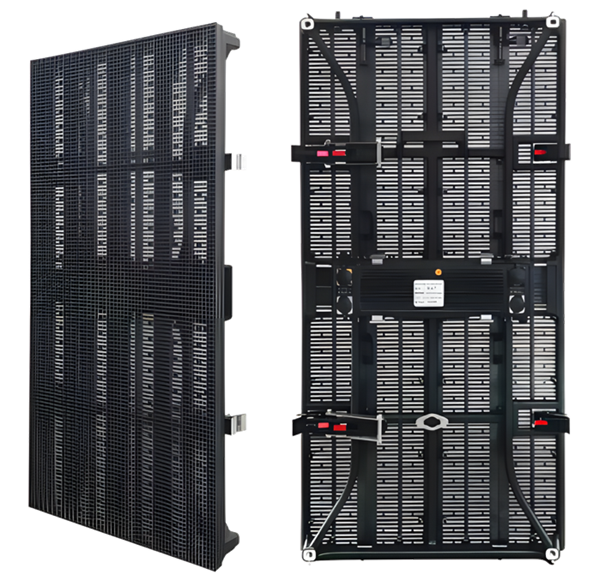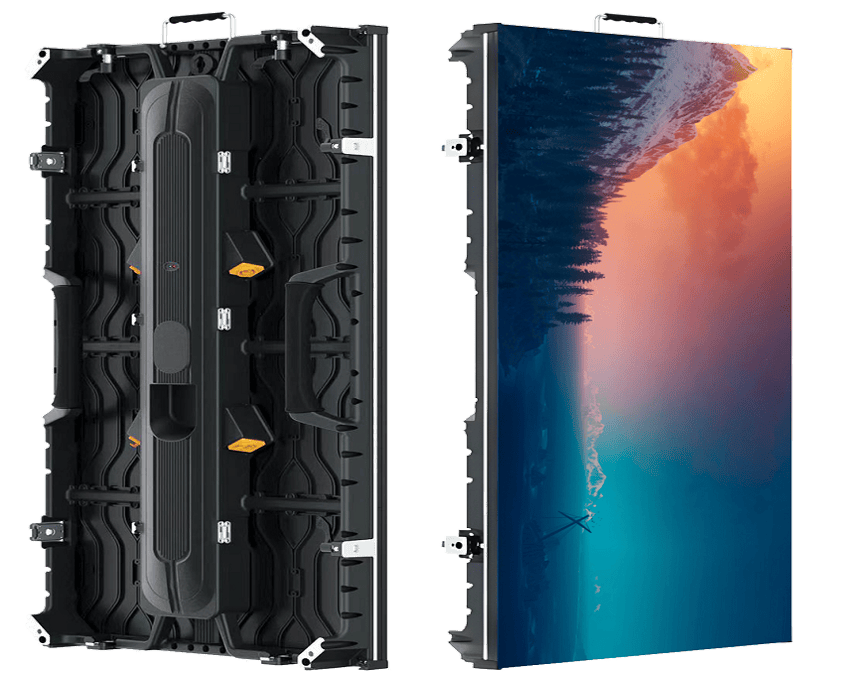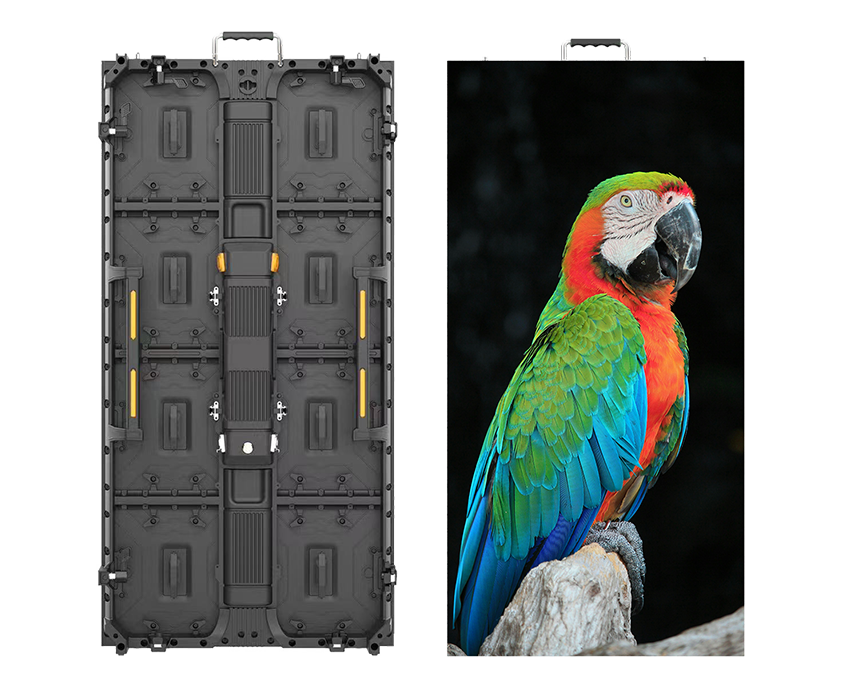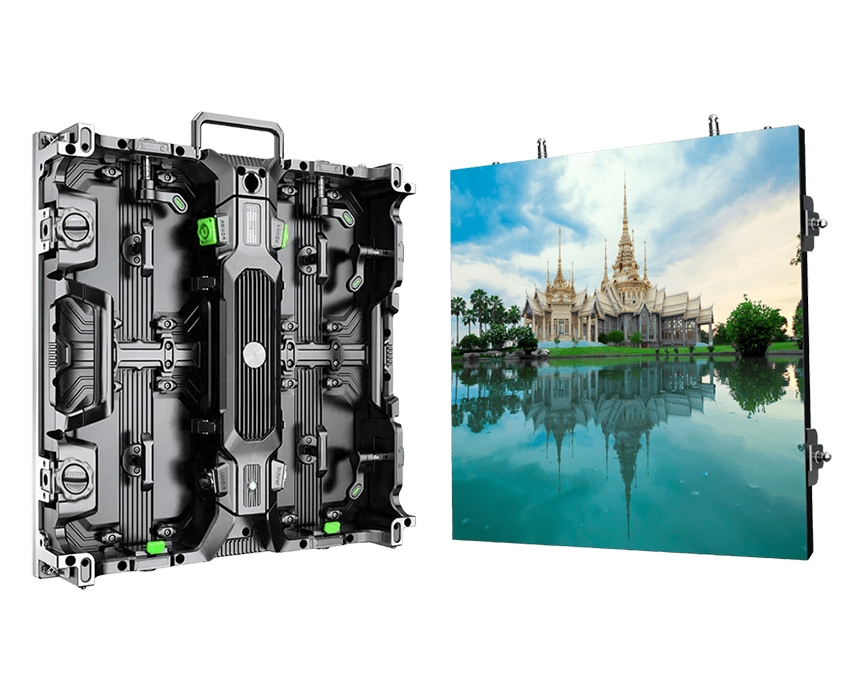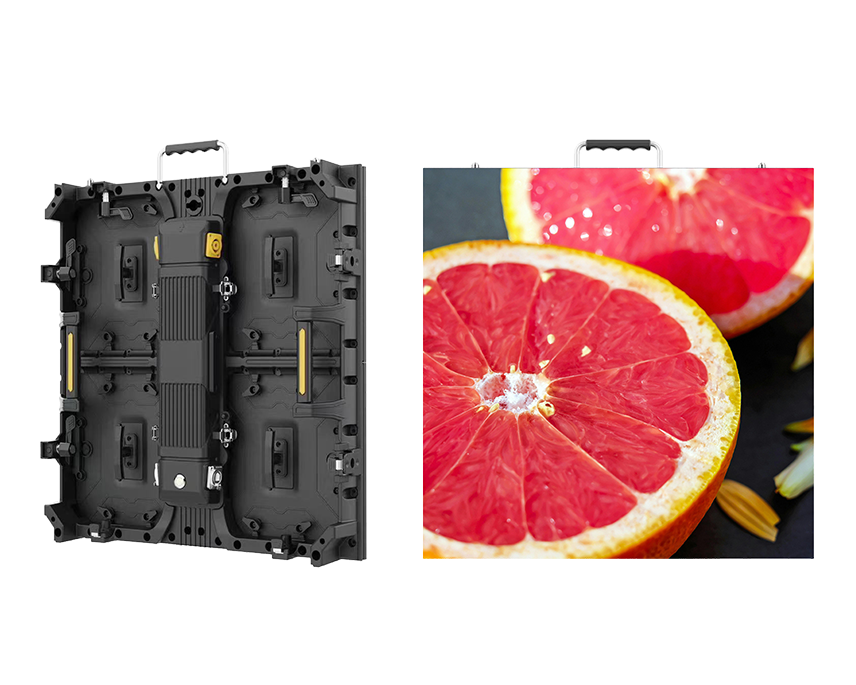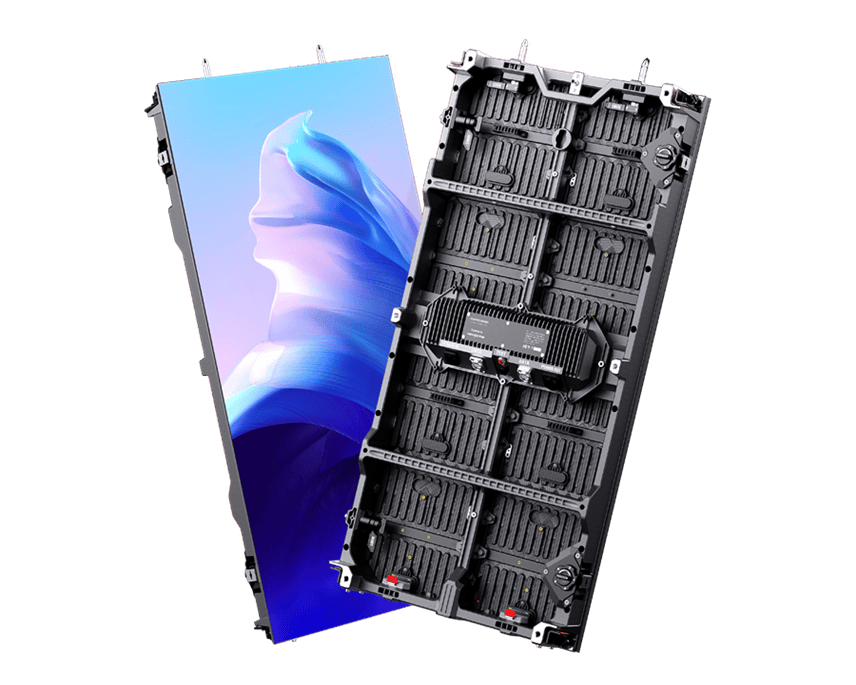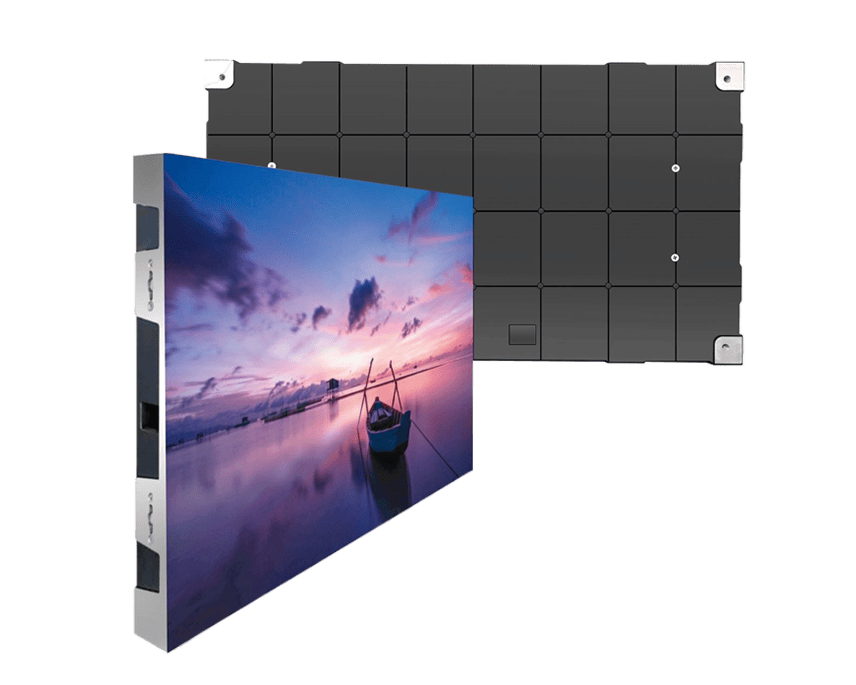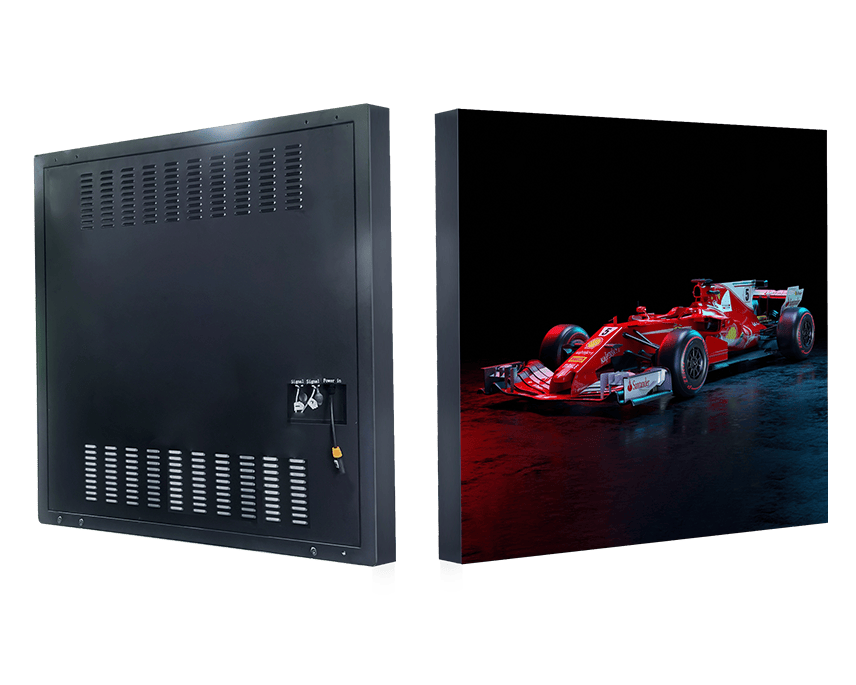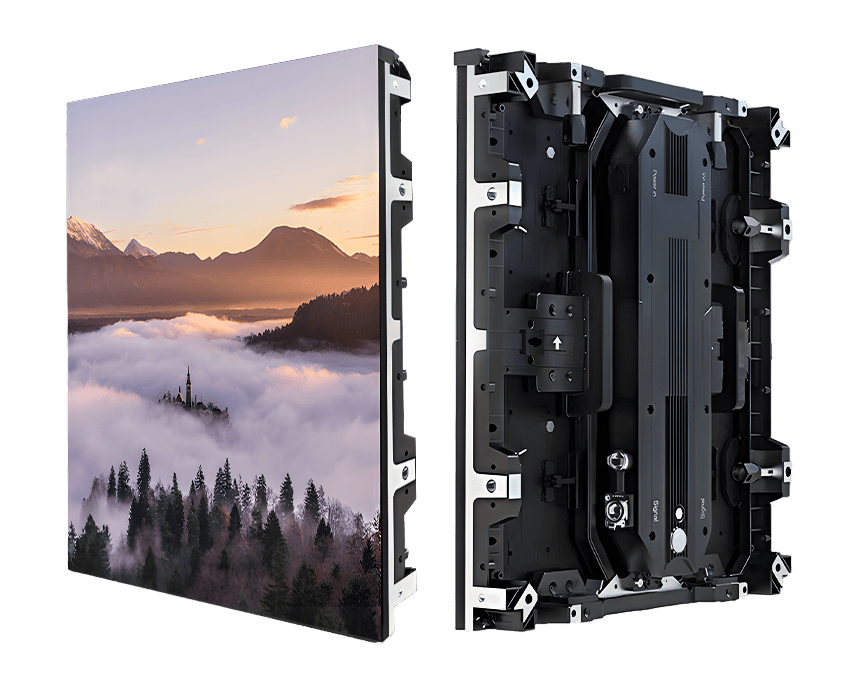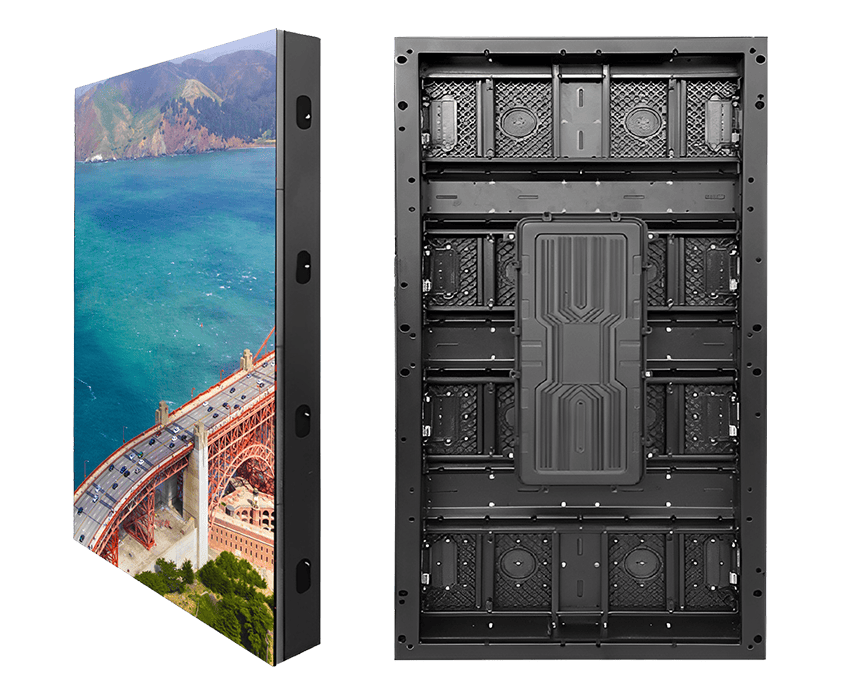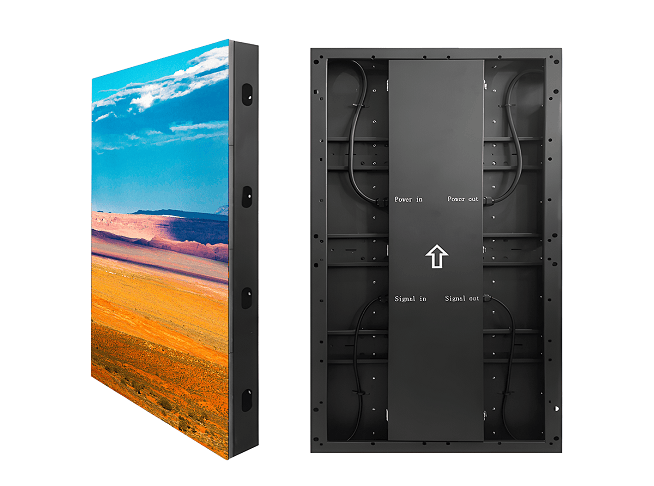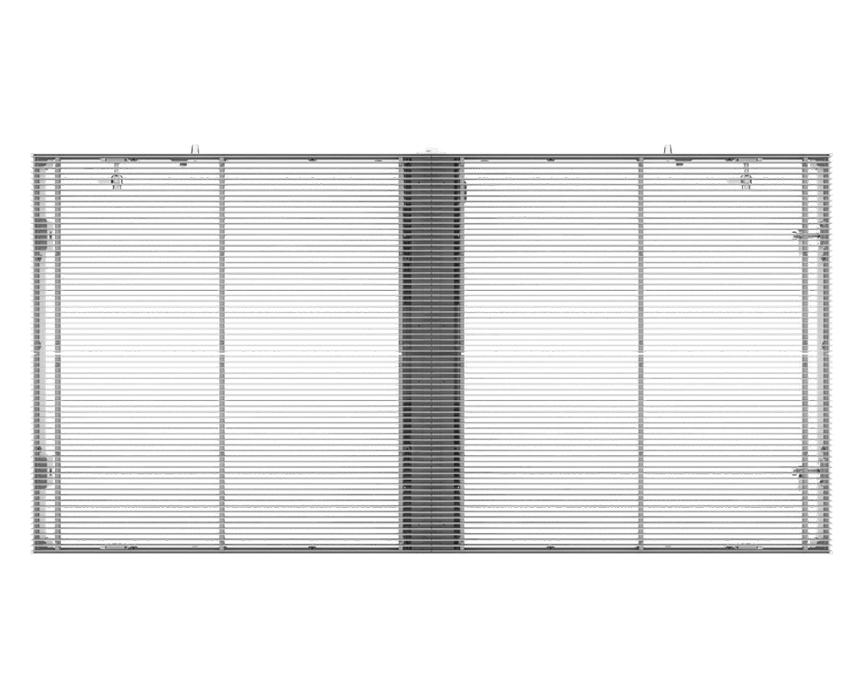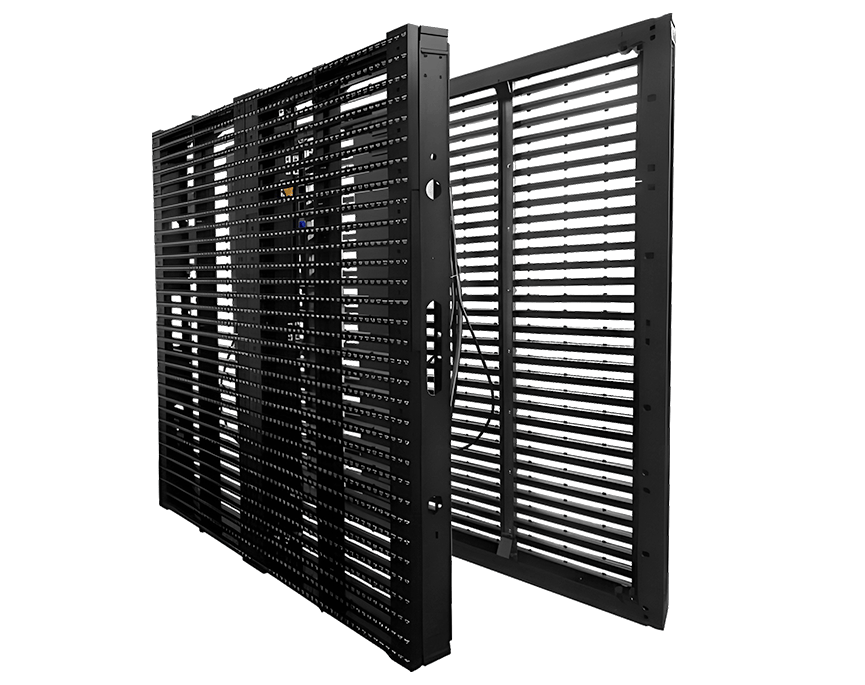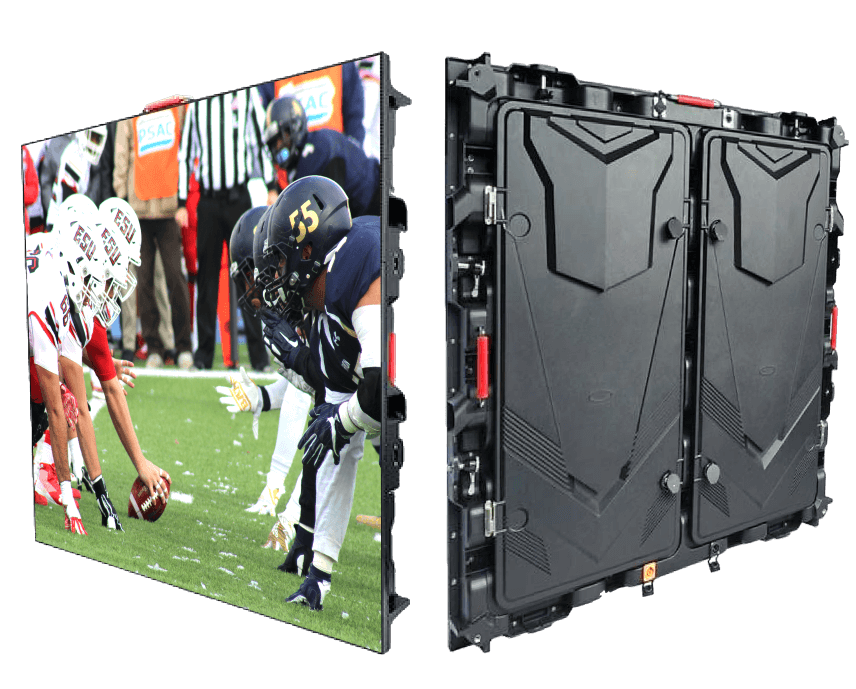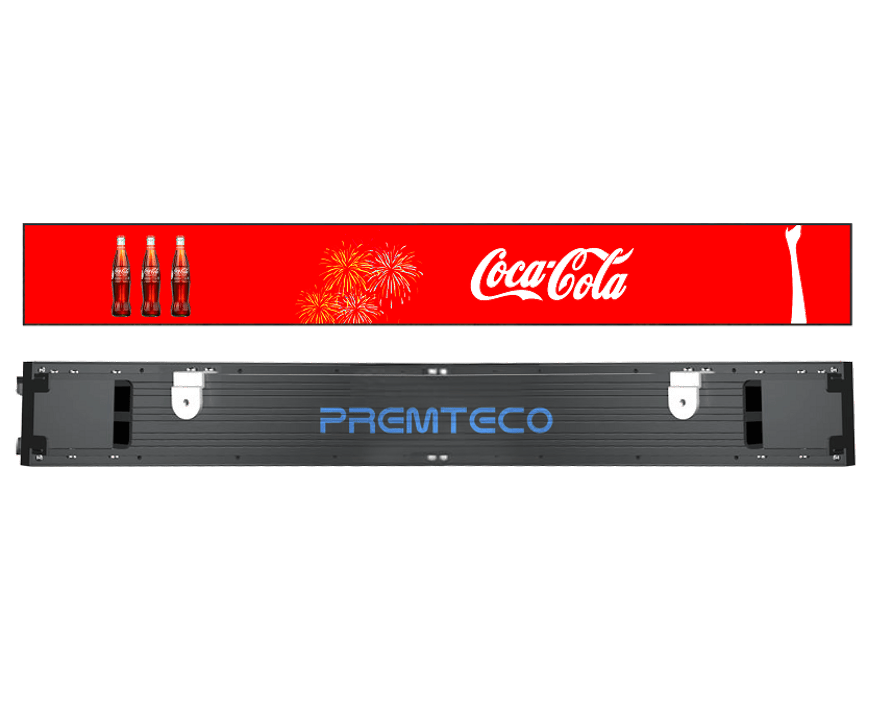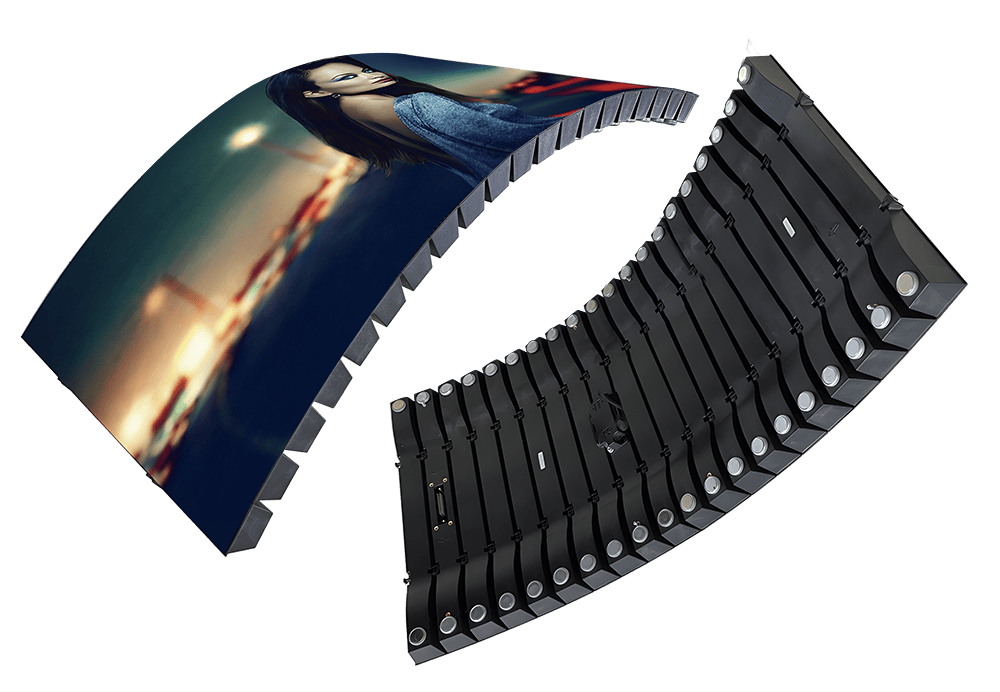When choosing your next device—whether it's a phone, tablet, wearable, or even a display for professional use—screen quality plays a major role. The two display types you're most likely to encounter are IPS and AMOLED. They both promise rich visuals, but how they work and what they offer are very different. If you're not sure which one fits your needs, this guide breaks it down in a practical, easy-to-follow way.
What Is an IPS Display?
IPS stands for In-Plane Switching. It's a type of LCD technology, and it exists to fix problems that came with older LCDs—like poor color and narrow viewing angles.
In an IPS panel, liquid crystals are aligned parallel to the screen surface. This means they allow light to pass through more directly, giving you better color consistency. You can look at an IPS display from the side, above, or below, and the colors stay accurate.
That makes a big difference when you're sharing a screen or using it in a professional setting where accurate color is important. Designers, photographers, and video editors often prefer IPS for this reason.
Another benefit is brightness. IPS panels can get fairly bright and don't struggle much under direct lighting. In fact, they often perform better outdoors than AMOLED screens, which can struggle in sunlight unless they're top-tier.
IPS screens are also more durable in the long term. The color doesn't fade as quickly. You don't get burn-in issues like you might with other display types. That makes IPS a solid choice for people who need reliability.
They're common in devices where function and visual clarity are prioritized over flashy design. You'll find them in monitors, mid-range tablets, and many laptops. They're affordable to produce, which means you often get good display quality for a lower price.
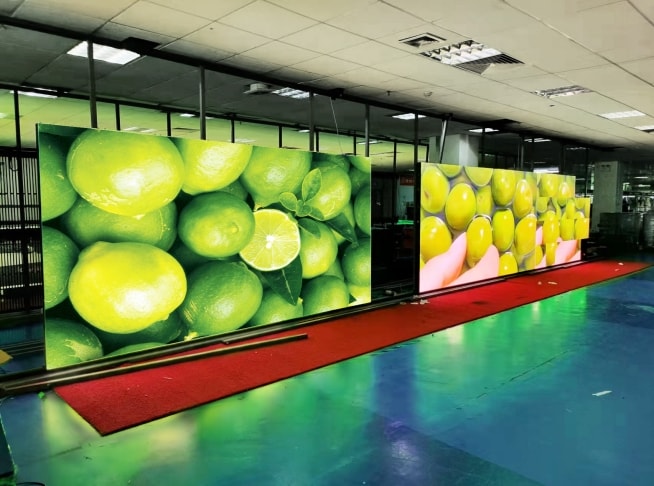
What Is AMOLED Technology?
AMOLED stands for Active Matrix Organic Light Emitting Diode. It's a totally different kind of display.
Unlike IPS, which needs a backlight, AMOLED panels light up each pixel individually. Every pixel is its own tiny light source. This means when the screen needs to show black, the pixels simply turn off. The result? True blacks and incredibly high contrast.
That's where AMOLED really shines—contrast. The colors pop, the darks are deep, and the visuals feel more immersive. If you're watching movies, playing games, or viewing anything with bold visuals, AMOLED often looks more vibrant. In professional settings, such as those using a fine pitch LED display, this kind of contrast precision is especially valuable when content needs to stay sharp even at close viewing distances.
It's also more energy-efficient in certain use cases. Since only the active pixels are lit, AMOLED displays use less power when displaying darker images. That can help extend battery life in smartphones and wearables.
Design flexibility is another key benefit. AMOLED panels are thinner and more adaptable than IPS. That's why they're used in curved or foldable devices. They're also highly responsive to touch, especially in Super AMOLED versions that have integrated touch layers.
However, AMOLED isn't perfect. It tends to lose brightness over time. The organic materials inside can degrade, especially if certain parts of the screen display the same content all the time. That's where the term “burn-in” comes from. It doesn't happen overnight, but it's something to consider if you're buying a screen for long-term use.
Visibility in direct sunlight can also be a challenge. Some newer AMOLED panels handle it better, but in general, they reflect more light and aren't as bright as IPS under harsh lighting. This is one reason why an outdoor LED display is still the preferred solution in many commercial settings where screens must remain clear and vivid under direct sun.
Where IPS and AMOLED Overlap
Despite how different their technologies are, IPS and AMOLED share some common ground in what they deliver to the user.
Both can produce rich, detailed color. Whether you're looking at photos, watching videos, or editing creative work, either display type can provide a high-quality experience. It's less about capability and more about visual preference.
Viewing angles are another area where both perform well. Earlier LCD types suffered when viewed off-center, but IPS fixed that. AMOLED, by design, is even more flexible in angle performance, but for the average user, both offer comfortable visibility from nearly any position.
They're also both used in a wide range of devices. Smartphones, tablets, laptops, wearables, and TVs might use either. The choice often depends more on the brand or device tier than on user demand.
And both technologies have made significant improvements over the years. Color accuracy in AMOLED is better than it used to be. IPS panels are now faster and more responsive. The performance gap is narrower than ever.
For most casual users, these similarities mean they can switch between devices with either screen and still enjoy a good visual experience. The distinction becomes more important only when specific needs come into play.
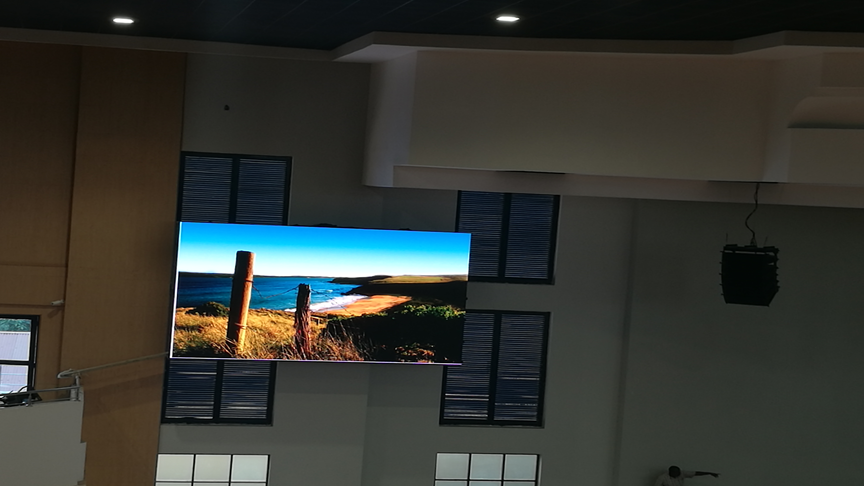
What Makes IPS and AMOLED Truly Different
The differences between these two types of displays lie in how they handle color, brightness, power, and longevity.
Color vibrancy is one of the most noticeable contrasts. AMOLED screens look bolder. Reds and blues tend to pop, and dark areas are darker. This makes for an eye-catching image that feels more dramatic.
IPS, on the other hand, leans into color accuracy. It may not have the same punch as AMOLED, but the tones are more natural. If you're working with photos or video where accuracy matters, IPS is often the better choice.
Brightness is another key area. IPS displays are typically better in bright environments, especially under sunlight. That's one reason they're used in many outdoor-ready devices. AMOLED can reflect more light and struggle to maintain clarity under direct sun.
Then there's energy use. AMOLED wins in most scenarios where dark themes or interfaces are used. That's because dark pixels are literally turned off, reducing power draw. IPS uses a constant backlight, so it doesn't matter what's on the screen—it draws the same energy regardless.
Durability is also worth noting. AMOLED screens can suffer from image retention or burn-in, especially if you keep the same icons or menus displayed for long periods. IPS doesn't have this problem. Its backlight system means there's no pixel aging at the same rate.
That also leads to cost differences. IPS is cheaper to produce. It shows up in budget and mid-range devices more often. AMOLED is pricier and typically reserved for flagship or premium-tier hardware.
| Feature |
IPS Display |
AMOLED Display |
|
Brightness
|
Better in sunlight
|
Can struggle outdoors
|
|
Color Accuracy
|
More natural and precise
|
More saturated and vibrant
|
|
Black Levels
|
Grays due to backlight
|
True blacks (pixels off)
|
|
Power Efficiency
|
Consistent power draw
|
Power-saving on dark scenes
|
|
Lifespan
|
Longer with stable quality
|
Prone to degradation
|
Form factor is another differentiator. Because AMOLED is thinner and more flexible, it's better suited for modern designs like edge-to-edge screens or foldable displays. IPS panels are bulkier and less adaptable in that regard.
These differences don't make one strictly better than the other. They just make them better suited to different needs.
Which Display Fits Your Needs?
So how do you decide?
Start with your usage. If you spend time editing photos, designing graphics, or working with accurate color tones, IPS might be your best match. The colors are more neutral, and the long-term performance is stable.
If you mostly use your device for media—watching videos, playing games, or scrolling through content—AMOLED may be more enjoyable. The deep contrast and saturated visuals make everything look richer.
Outdoor use is another factor. If you read or work outside often, IPS could offer better clarity. AMOLED might be harder to see unless the display is very high-end.
Battery life can also guide your choice. AMOLED can be more power-efficient depending on what you're doing. If you're often on dark mode or watching media with dark scenes, it can extend battery life noticeably.
Think about how long you plan to use the device. If you're keeping it for years and want a screen that holds up without fading or image issues, IPS offers more peace of mind. But if you want the latest design and an ultra-slim profile, AMOLED is likely the better pick.
And of course, budget matters too. Devices with IPS screens tend to cost less, while AMOLED is usually found in higher-end or premium models.
In the end, there's no single winner—just a better fit for different habits.

Final Thoughts
Both IPS and AMOLED displays have come a long way. Their strengths lie in different areas, but both offer excellent visual performance depending on how and where you plan to use them. From sharp visibility to deep contrast, each technology appeals to a different type of user.
If you're exploring professional LED display solutions for commercial environments, and need guidance on screen visibility, power performance, or color clarity, feel free to reach out to the team at info@ptcled.com for technical support and product recommendations tailored to your needs.









